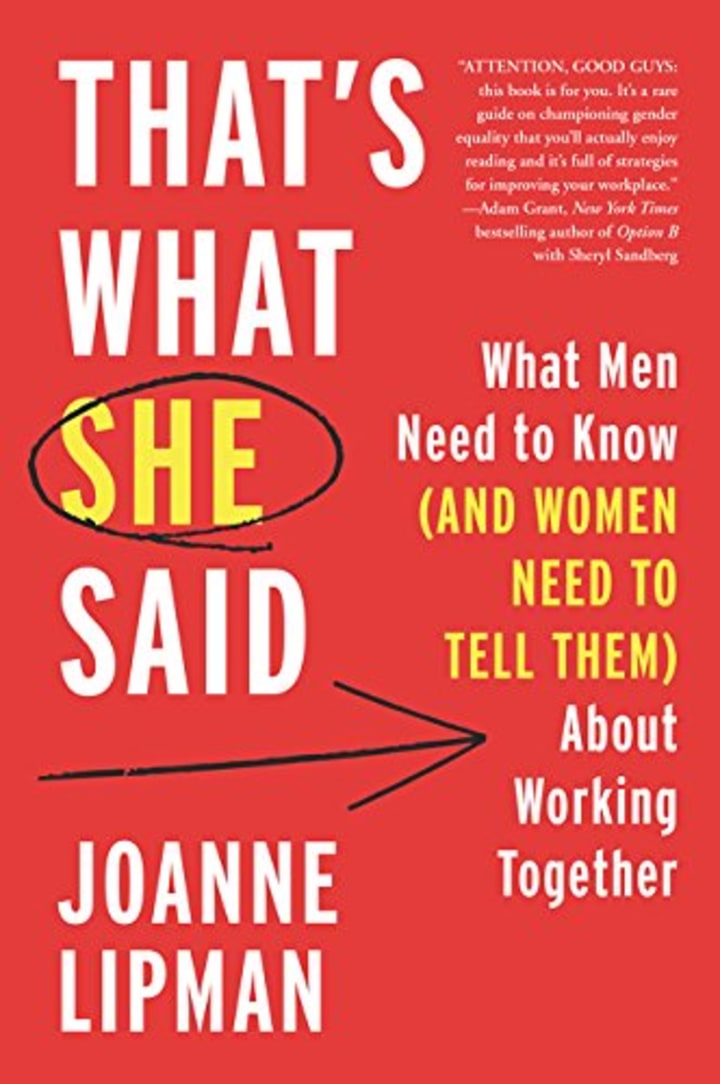When men are actively engaged in gender inclusion programs, 96 percent of organizations see progress, versus only 30 percent of organizations where men are not engaged, according to a BCG Gender Diversity survey.
“Women are leading the fight to close the gender gap, but it’s a battle that needs an ally in men,” said Know Your Value’s Mika Brzezinski. She recently sat down with Joanne Lipman, former chief content officer of Gannett, former editor-in-chief of USA Today and author of the best-selling book, “That’s What She Said: What Men Need to Know (And Women Need to Tell Them) About Working Together,” to discuss how women can guide men in helping them along on the journey toward gender equality.
View men as partners, not villains
Lipman encouraged women to raise awareness about gender equality by speaking up to male colleagues. “Women have been talking with each other for years about the issues that we face at work … but women talking to each other, it’s half a conversation. It gets us to 50 percent of a solution,” Lipman said. “We need the men to join us. There are a lot of men who are ready, willing, eager but don’t necessarily know what to do.”
Women can help men notice disparities in the workplace. That means pointing out things that are so apparent to women. Common examples include being marginalized, overlooked, interrupted or not taken as seriously as male colleagues. By raising awareness, men can better advocate for women at work. “Once their eyes are open to it, they change,” Lipman said.
Communicate your value
During performance reviews, men and women are often treated differently. According to Lipman, men often receive direct advice that really helps them advance their careers, whereas women sometimes receive personality critiques.
Take performance reviews, presentations and other events as opportunities to know and communicate your value to your colleagues. With both female and male colleagues in your corner, you’ll be more likely to land that next promotion or be considered for a leadership position.
Build meaningful relationships with colleagues
The #MeToo movement may have sparked some fear in men about how to treat women at work, but it’s important to build meaningful relationships with your colleagues. “At work, you need to have a social connection in addition to showing up and doing a good job,” Lipman said. “That’s how you get noticed. That’s how you’re top of mind.”
For women, there are opportunities to get to know male colleagues without going out for a drink or playing a round of golf. Lipman suggested dinner with a male colleague and the spouses, or a playdate with the children. She also advised planning events that make it very clear what the boundaries are, without compromising on a chance to build your professional relationship.
“There’s something to making it very clear what the boundaries are so work and relationships can be developed on a healthy level,” Brzezinski added.
“I always tell men, if you have any concerns, just ask,” Lipman said.

